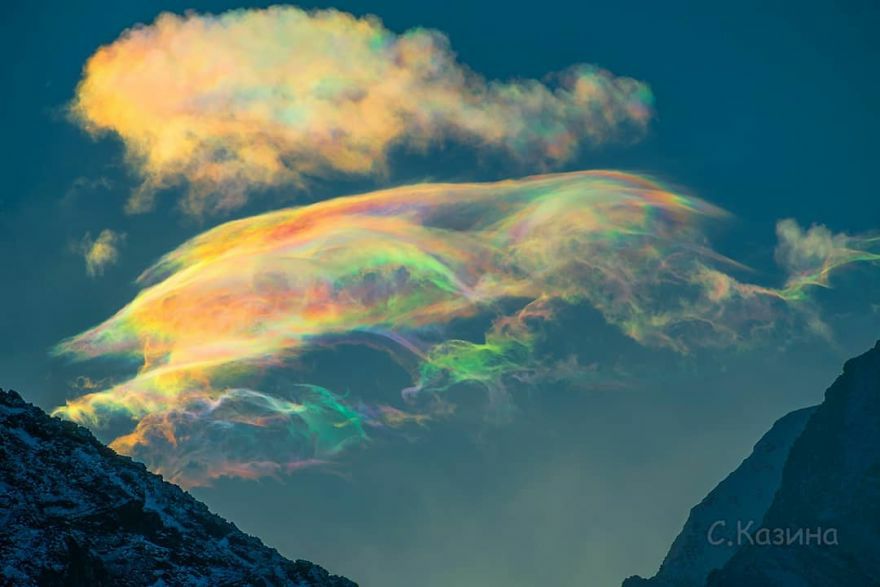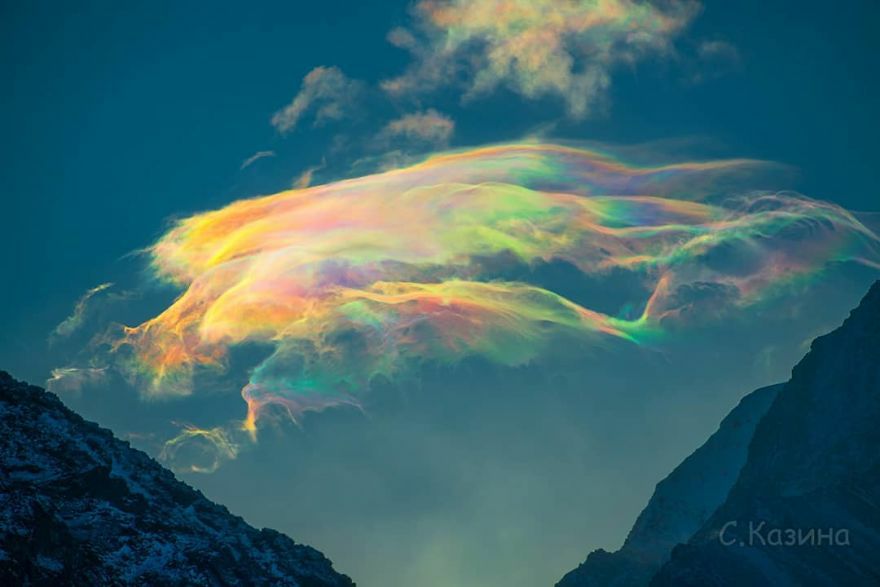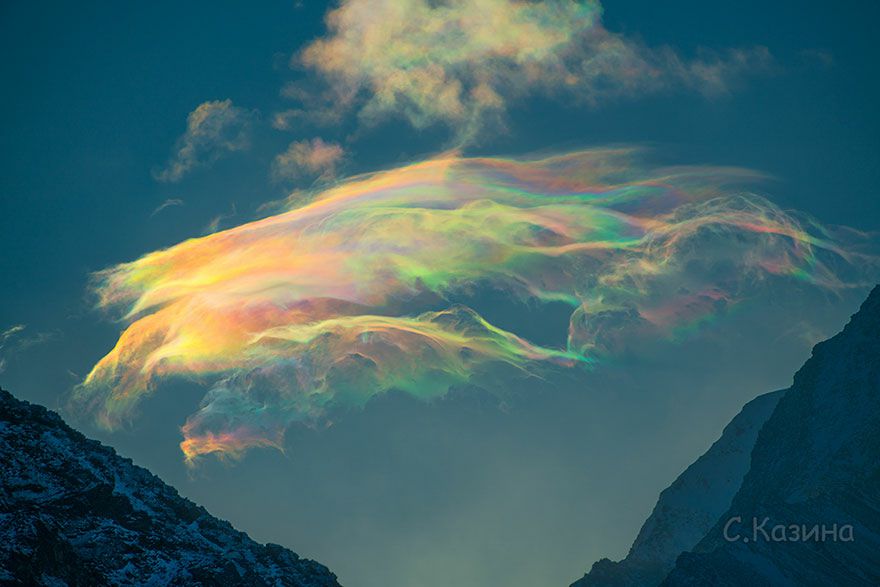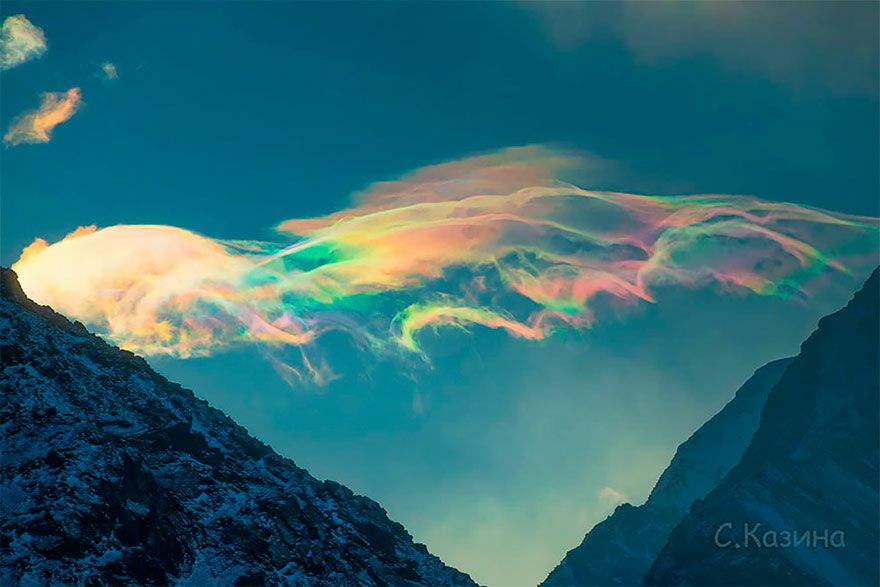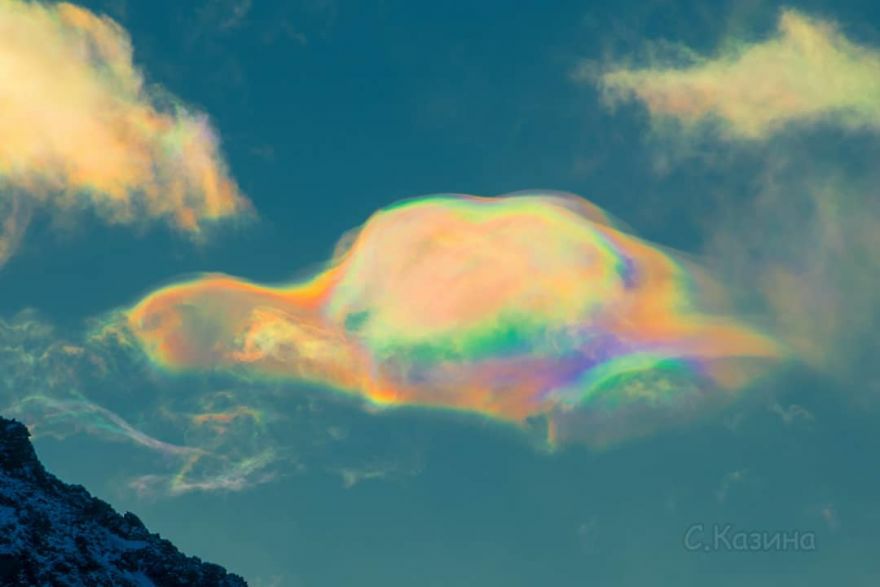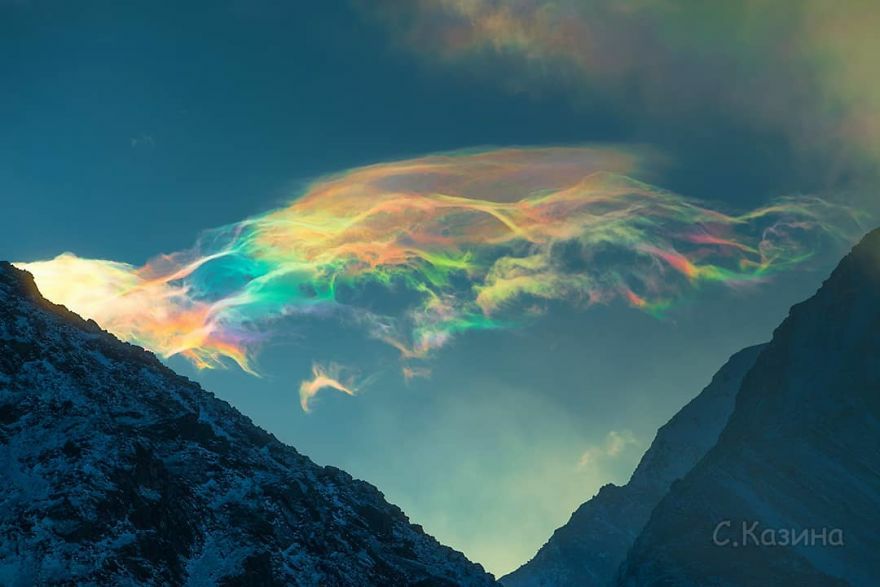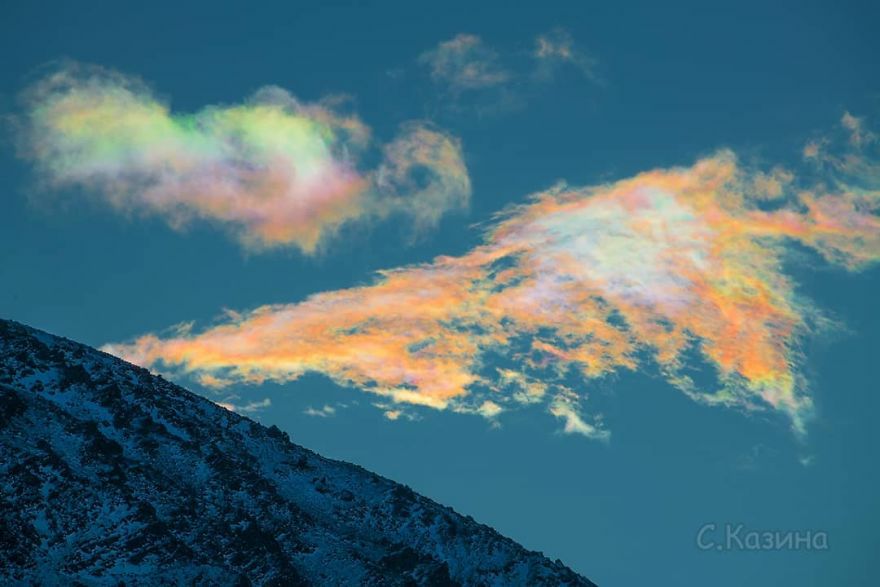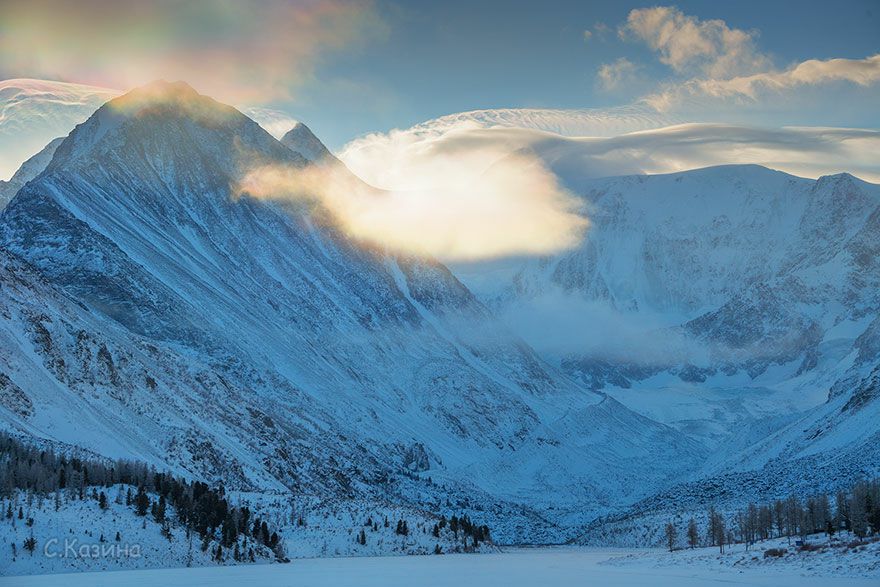Decoding the Mysteries of Siberia’s Colorful Clouds.
Siberia is a land of breathtaking natural beauty, from vast forests to towering mountains to crystal-clear lakes. However, there is one natural wonder that has long puzzled scientists and captivated observers: the phenomenon of Siberia’s colorful clouds.
These clouds, also known as noctilucent clouds or polar mesospheric clouds, are unlike any other clouds on Earth. They appear in the summer months, usually around midnight or just before dawn, and are characterized by their vibrant colors and intricate patterns. They glow with an otherworldly blue or silver light, seemingly suspended in the sky like a celestial tapestry.
For many years, scientists struggled to understand the origins of these mysterious clouds. It was only in the past few decades that they began to unravel the secrets of Siberia’s colorful clouds, thanks to advances in technology and the increasing availability of satellite imagery.
It is now believed that the clouds form in the mesosphere, the layer of the Earth’s atmosphere that lies between 50 and 85 kilometers above the surface. At these altitudes, temperatures can drop to minus 130 degrees Celsius, cold enough for water vapor to freeze into ice crystals. These crystals then grow around particles of dust and meteorite debris, creating the intricate structures that give the clouds their distinctive appearance.
But what causes the clouds to glow with such brilliant colors? It turns out that the answer lies in the interaction between the ice crystals and sunlight. As the sun dips below the horizon, its rays still reach the mesosphere, refracting through the ice crystals and creating a mesmerizing display of colors.
For those lucky enough to witness Siberia’s colorful clouds in person, the experience is truly awe-inspiring. They seem like a bridge between the Earth and the cosmos, a reminder of the beauty and mystery that surrounds us. And for scientists, they offer a tantalizing glimpse into the workings of our planet’s atmosphere, a chance to decode the mysteries of one of nature’s most captivating phenomena.
Hits: 0
